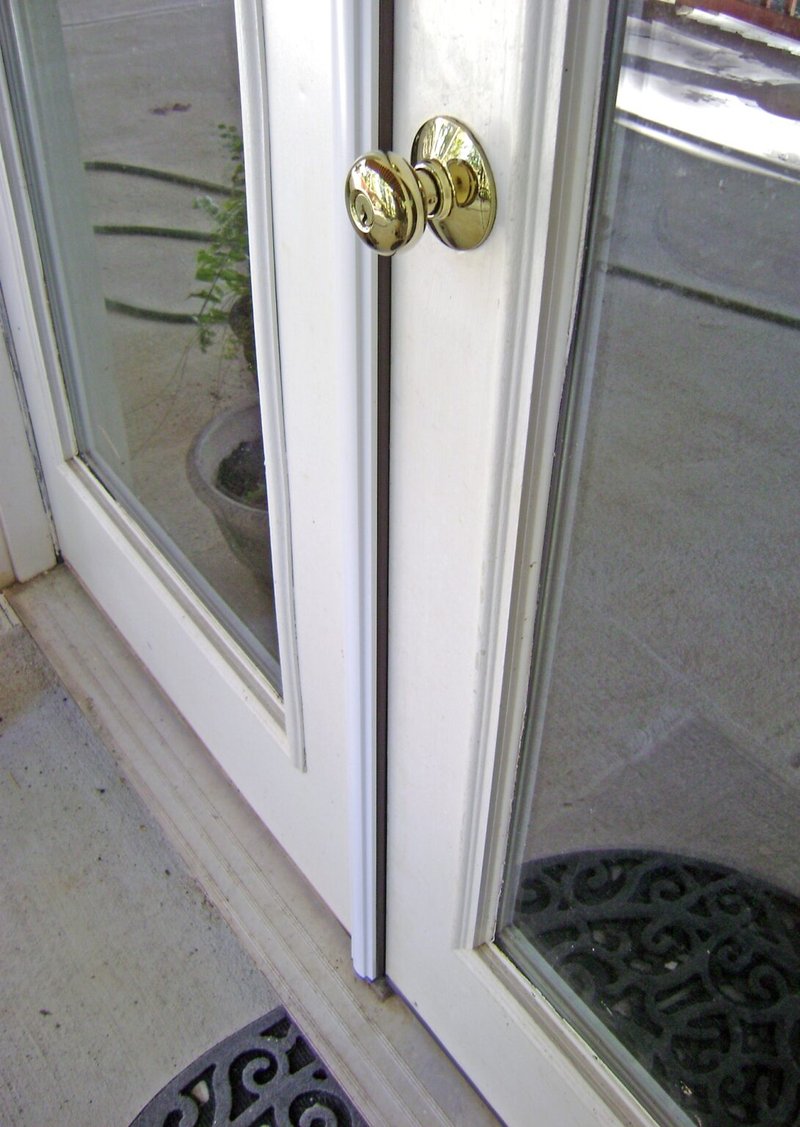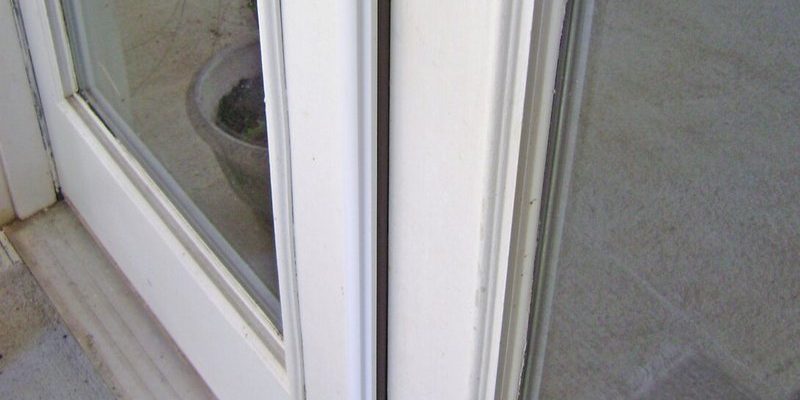
Imagine your home is like a cozy cup of coffee. You want to keep it warm and cozy, but if there are cracks or gaps, it’s like letting a chill seep in. By adjusting the astragal, you create a tighter seal that helps keep warm air in during the winter and cool air in during the summer. Let’s dive into how to adjust the astragal on your French doors step by step, so you can enjoy your space without all those pesky drafts.
Understanding the Function of the Astragal
Before we jump into the adjustment process, let’s talk a bit about what the astragal actually does. The astragal not only provides a visual appeal but also plays a crucial role in sealing the doors when they are closed. By bridging the gap between the two doors, it prevents air and water from entering your home.
By thinking of the astragal as a protective barrier, you can appreciate its importance a bit more. When the astragal is correctly adjusted, it enhances energy efficiency. However, over time, wear and tear can lead to misalignment, making it necessary to adjust it for a better fit.
When adjusting the astragal, keep an eye out for any signs of wear. Look for gaps between the doors, visible daylight peeking through, or drafts when you stand close to them. These are clues that your astragal might need a tweak.
Gathering Your Tools
To begin adjusting the astragal, you’ll want to gather a few basic tools. Don’t worry; you won’t need an entire toolbox! Here’s what you’ll typically need:
- Screwdriver: A basic flat-head or Phillips screwdriver will do.
- Measuring Tape: Accurate measurements help ensure everything aligns correctly.
- Level: If you want everything perfectly aligned, this is a handy tool.
- Shims: These can help if you need to lift the astragal for a better seal.
Having the right tools on hand will save you from running around in search of what you need. Plus, getting organized can make the whole process smoother, letting you adjust the astragal with confidence.
Locating the Adjustment Points
Now, let’s move on to the exciting part—finding the adjustment points on your astragal. Typically, the astragal will have either adjustable screws or plates that allow you to fine-tune its position. Depending on your door’s design, these adjustment points can vary.
If your French doors have a traditional astragal, look for screws along the edge where the two doors meet. If they’re not visible, you might need to inspect the edge closely to find them. Some newer models may have adjustable hinges that affect how tightly the doors close.
Once you’ve located the screws, you’re ready to make some changes. Before you start turning screws, take a moment to close the doors and check for any gaps between them. This step will help you gauge how much of an adjustment might be necessary.
Making the Adjustments
Here’s where the real magic happens! Start by loosening the screws on the astragal slightly. You don’t want to remove them entirely—just enough to allow for movement. If you find that one side of the astragal is sticking out more than the other, gently push it into place while tightening the screws again.
After each adjustment, close the doors to see if there’s a better seal. You may need to repeat this process a few times to achieve the perfect fit. It’s like finding the right recipe; a little bit of tweaking here and there can yield delicious results.
If you’re not seeing a major improvement after a few tries, consider using shims. Shims can help adjust the height of the astragal if the gap persists. Just be careful not to overdo it; too many shims can cause the doors to stand unevenly.
Testing the Seal
Once you think you’ve made the right adjustments, it’s time for a test run! Close your French doors firmly and check for any gaps. You can do this by observing if any daylight is visible through the seams. If you see light or feel drafts, you might need to go back and make more adjustments.
Another handy way to test the seal is to use a candle or lighter. Hold the flame next to the astragal and watch how it flickers. If the flame wavers significantly, that’s a sign that air is getting through.
Take your time during this process. Sometimes it can take a few tries to get it just right, but the payoff is worth it—your doors will not only look great, but they’ll also work effectively to keep your home comfortable.
Common Issues and Troubleshooting
While adjusting the astragal is usually straightforward, you might run into some issues. Here are a few common problems and how to troubleshoot them:
- Sticking Doors: If your doors stick after adjustment, they could be misaligned. Check that all screws are tightened evenly and that the astragal is level.
- Uneven Seal: If one side is tighter than the other, revisit the adjustment points. Adjust them equally to create a better seal.
- Screws Won’t Tighten: If screws seem stripped or won’t hold, you might need to replace them or use a toothpick and wood glue in the hole to add grip.
Troubleshooting can feel a bit frustrating, but keep in mind that it’s all part of the learning process. Each issue you encounter is simply a lesson on how to make your French doors work better.
When to Call in a Professional
Not everyone is a DIY expert, and that’s totally okay! If you’ve adjusted the astragal several times and still can’t get a solid seal, it might be time to call in a professional. They can provide insights into whether there are more extensive issues with your doors or if a replacement is needed.
Moreover, if you notice warping or damage to the doors that goes beyond just the astragal, it’s wise to consult someone who specializes in door repairs. They can diagnose the issue better and offer solutions you might not have considered.
In summary, while adjusting the astragal is often a simple fix, don’t hesitate to seek help if needed. It’s better to ask for assistance than to end up with bigger issues down the line.
Adjusting the astragal on your French doors is an essential task for maintaining comfort in your home. With the right tools and a bit of patience, you can create a tighter seal that prevents drafts and keeps your space cozy. Remember, if you encounter any hurdles along the way, that’s part of the process. Keep adjusting, testing, and learning.
By following these steps, you’re not just enhancing the efficiency of your doors; you’re also ensuring that your home remains a welcoming, comfortable place. Whether you’re enjoying a quiet evening or entertaining friends, knowing your doors are doing their job well can bring you peace of mind. Happy adjusting!
